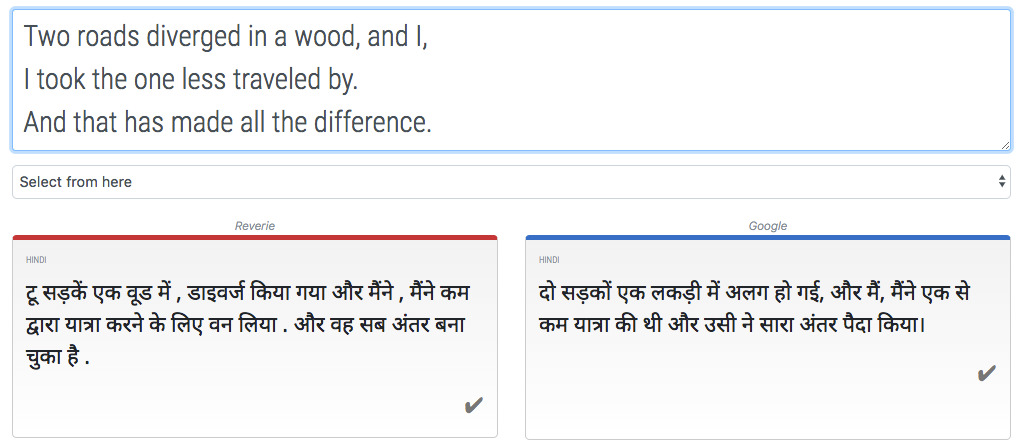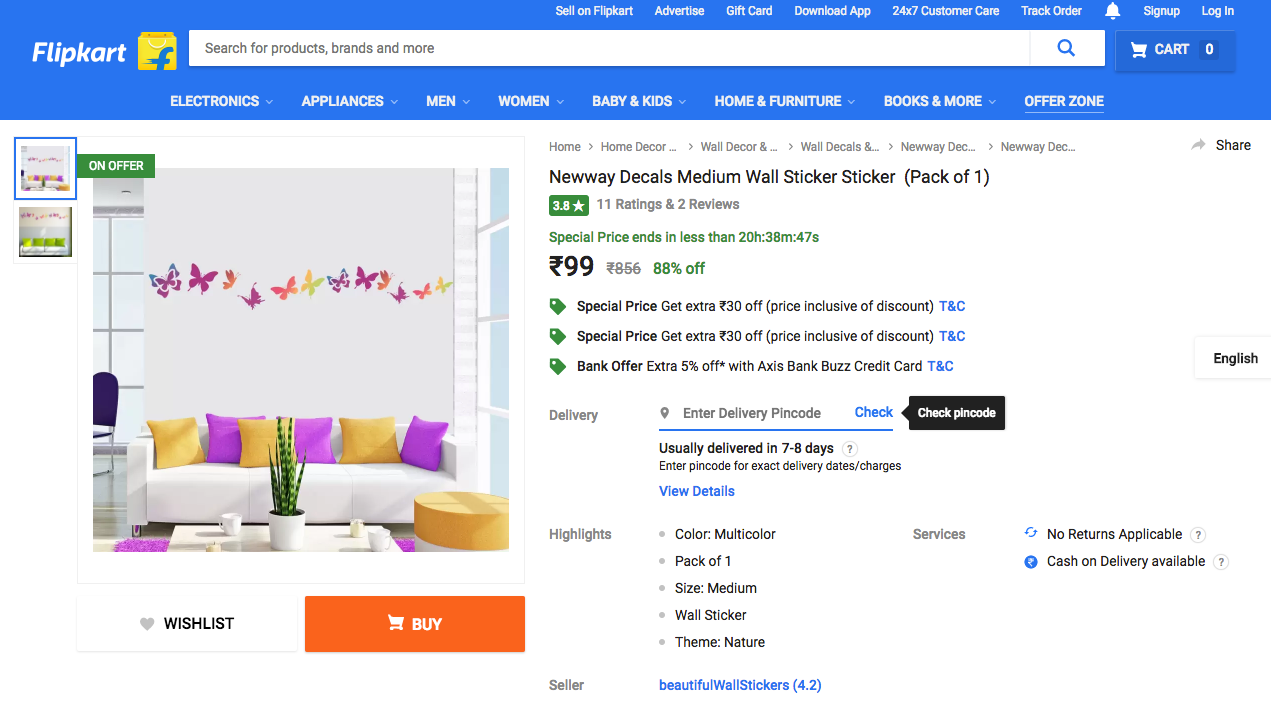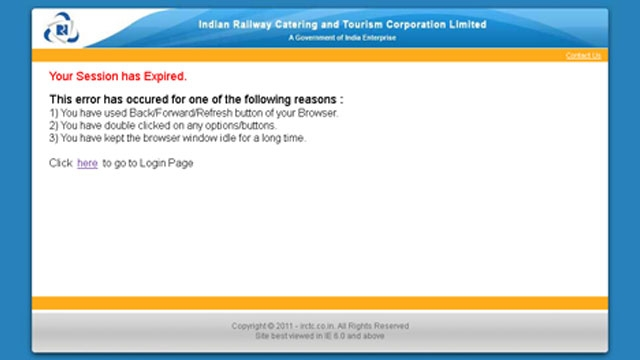“Translation is the communication of the meaning of a source-language text by means of an equivalent target-language text”
“Translation is the process whereby the meaning, style, information, original tone and intent of a piece of written text in one human language is reproduced in another written human language”
Two different definitions of the same word, two different purposes.
When it comes to automated translation or machine translation, it is important to identify the purpose you it’s for. Do you want your content to be in a form that your user might appreciate, in a form that your user might find useful?
The New Wave of Indian Netizens

India is witnessing enormous growth in digital content consumption in native languages. Businesses however, haven’t quite gotten onto this bandwagon. Because of the lack of a perfect automated translation service and the cumbersome human translation effort involved, they are shutting doors to a lot of their customers who might just want to get through the functionality of their website in a language they understand.
Perfect translations are needed mostly in two cases:
- When the content is highly critical, e.g : health, finance or legal documents, where inaccurate translation can prove to be a costly affair.
- When the content is creative content. Literature, poetry, or story telling for example. If the emotions are not carried over in translation, the translation hasn’t worked.

In cases where functionality is more important than feel, automated translations can actually help the user get what they want done.
For first-timers, usability trumps User Experience
That includes something as simple as going to PayTm and being able to recharge a phone or book a bus ticket. It would also include things like purchasing something from an e-retail website or app, trying to search for music or movies in one’s own language, reading a blog about 10 things to do in Delhi, or 7 latest fashion trends.


Businesses like these should ideally go ahead and translate their offerings without second guessing how their users will respond to the occasional mistakes.
Setting the expectations right
You can set expectations of what to expect so that users know that the accuracy of what they’re seeing is not 100%. Something like adding a disclaimer – in the user’s own language, of course:
“This is a machine translated website, if you are trying to deal with anything critical please switch to English. If you find any errors in the translated text please report to us and help us improve it to make your experience better”.
Once you set the expectation right, people will start adapting to it.
It’s similar to how how nobody cared about the rough user experience of IRCTC 5 years ago as long as they managed to book a ticket. Booking a ticket was what mattered.
Just like how Google’s map navigation talks in a monotonous tone and uses weird pronunciations but still gets you there. It solves the problem you have.
On the other hand though, watching a movie with the same auto generated robotic voice-over completely quashes the feel of it.

Make the first move
There is a huge reluctance among big brands in showing automatically translated text on their website. They usually are skeptical about somebody pointing out that one single mistake that might tarnish their brand status.
But what happens when you set the expectations properly?
They are possibly missing the point that the same brand can win a whole new level of trust and loyalty from people who, when they see things in their own language, are more confident in transacting.
The first businesses to adopt this kind of localization strategy will face some risks, but also stand to benefit a lot from the possibility of tapping into the economic potential and trust of hundreds of millions of Indians.
Takeaways
To sum up, it doesn’t matter if you are a small or a big business, or an individual publishing content on the internet. The rule remains the same.
If you want want your content to reach Indian language netizens – identify the purpose of your localization efforts. If usability matters more than the feel, set the expectations right and open your doors to a whole new league of users!
(Originally published on medium.com)


